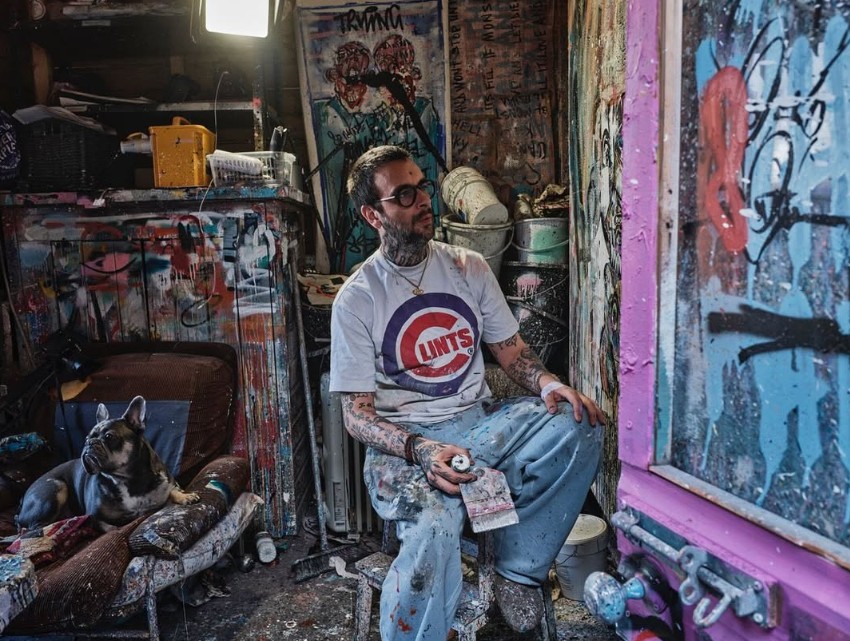Peter Stapleton

Peter Stapleton's journey as an artist began in an unlikely place: behind the walls of a prison cell. Having spent 22 years of his adult life in prison, it was by chance that he discovered his natural talent for painting. Initially, he joined a prison art class in a high-security facility, simply looking for a way to escape the monotony of his cell. Like many others in the class, he spent most of his time there playing cards, unaware of the creative path ahead. One pivotal day, the then-Minister for Prisons announced a visit, and the inmates were given a choice-either produce artwork or return to their cells. This moment of serendipity sparked Peter's journey into the world of art, revealing a passion and talent he never knew existed. His transformation quickly garnered attention. As he moved to a lower-security prison, the institution recognised his potential and arranged for him to attend university on day release. There, Peter earned a BA (Hons) in Fine Art, a remarkable achievement that marked the beginning of a new chapter in his life. Art became more than just a way to pass the time for Peter-it became a powerful form of self-expression and a medium for transformation. His paintings reflect stories of resilience, personal growth, and hope, drawing deeply from his own lived experiences. Through his work, Peter shares emotions and perspectives that resonate universally, offering glimpses into both the struggles of his past and the optimism of his present. Peter's life before art was defined by
Peter Stapleton's journey as an artist began in an unlikely place: behind the walls of a prison cell. Having spent 22 years of his adult life in prison, it was by chance that he discovered his natural talent for painting. Initially, he joined a prison art class in a high-security facility, simply looking for a way to escape the monotony of his cell. Like many others in the class, he spent most of his time there playing cards, unaware of the creative path ahead. One pivotal day, the then-Minister for Prisons announced a visit, and the inmates were given a choice-either produce artwork or return to their cells. This moment of serendipity sparked Peter's journey into the world of art, revealing a passion and talent he never knew existed. His transformation quickly garnered attention. As he moved to a lower-security prison, the institution recognised his potential and arranged for him to attend university on day release. There, Peter earned a BA (Hons) in Fine Art, a remarkable achievement that marked the beginning of a new chapter in his life. Art became more than just a way to pass the time for Peter-it became a powerful form of self-expression and a medium for transformation. His paintings reflect stories of resilience, personal growth, and hope, drawing deeply from his own lived experiences. Through his work, Peter shares emotions and perspectives that resonate universally, offering glimpses into both the struggles of his past and the optimism of his present. Peter's life before art was defined by
gangs, organised crime, and a cycle of violence. It was a world where survival often came at the expense of others, and where every day could have been his last. Growing up in rough estates, Peter believed this was the only path available. But his discovery of art showed him a different way of living-one where respect could be earned through creativity and self-expression rather than force. His journey is a testament to the human capacity for transformation. Peter often reflects on how talent can emerge from even the darkest places, and how life's challenges can serve as opportunities for growth. Today, he approaches each day with purpose and gratitude, using his art to share stories of change and resilience. For Peter, art is not only a means of personal expression but also a powerful reminder that life is unpredictable, and beauty can be found in the most unexpected places.
3 ITEMS



